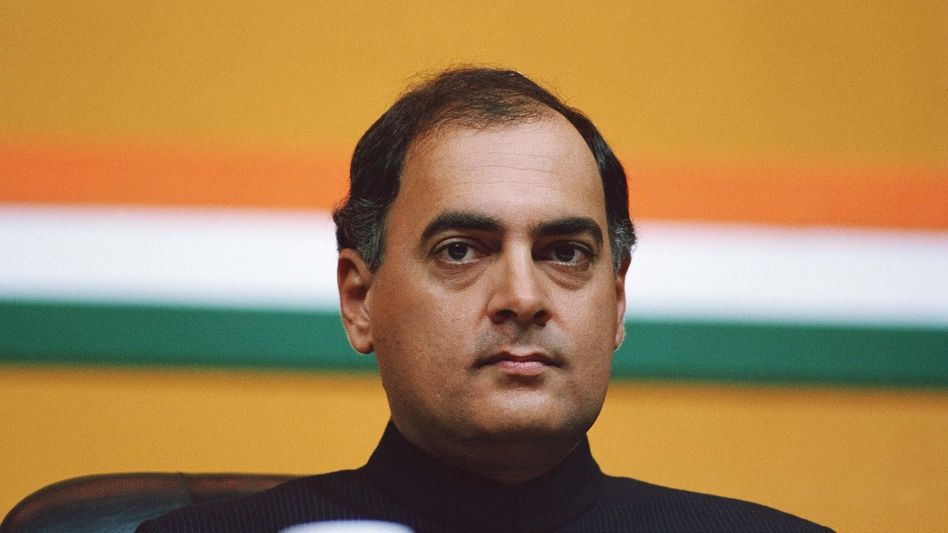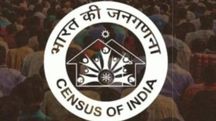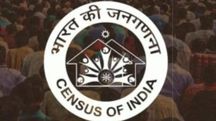Remembering Rajiv Gandhi and his role in settling Assam Movement
The Assam Movement was settled by Rajiv Gandhi in 1985 who brought peace and stability to the state during a tumultuous period. He was assassinated in May 1991.

On the 33rd death anniversary of Rajiv Gandhi, tributes pour in for the former Prime Minister who played a pivotal role in settling the Assam Movement and several other accords. Rajiv Gandhi's efforts in bringing peace and stability to Assam during a tumultuous period are remembered fondly by many.
The Assam Movement, also known as the Anti-Foreigners Agitation, began in 1979 and concluded in 1985, marking a significant chapter in India's history. Led by the All Assam Students Union (AASU) and the All Assam Gana Sangram Parishad (AAGSP), the movement aimed to address the issue of illegal immigration in Assam.
The agitation, characterised by protests and demonstrations, sought to compel the Indian government to identify and expel illegal immigrants, primarily from Bangladesh, while safeguarding the rights of indigenous Assamese people.
The agitation programs were mostly non-violent, but the Gohpur and Nellie massacre were a case of extreme violence.
In the early months of 1983 the Assamese and local tribals violently turned against Bengali immigrants and descendants of immigrants. Four thousand people were killed, a quarter of a million were made homeless, and thousands fled the state. The political arrangement that had enabled Bengalis and Assamese to live together had already fallen apart by 1979, and for the last three years Assam was the scene of a popular political movement against illegal immigration from neighbouring Bangladesh.
However, the six-year-long agitation concluded in August 1985 with the signing of the Assam Accord by leaders of AASU-AAGSP and the Government of India. Rajiv Gandhi's administration played a crucial role in resolving the conflict. Through negotiations and dialogue, Gandhi reached a consensus with the movement's leaders, paving the way for the historic Assam Accord.
WHAT IS ASSAM ACCORD?
The Assam Accord (1985) was a Memorandum of Settlement (MoS) signed between representatives of the Government of India and the leaders of the Assam Movement in New Delhi on August 15, 1985. To implement the various clauses of Assam Accord, a new department, Implementation of Assam Accord Department, was established in the year 1986.
A BRIEF BACKGROUND
During the 19th century, immigration into Assam was chiefly driven by British colonial policies. Tribal and low-caste communities were relocated from central India to work in tea plantations, while educated Hindu Bengalis from Bengal were brought in to fill administrative and professional roles. Another significant influx occurred after 1901, with Muslim peasants from Mymensingh settling primarily in Goalpara initially, and later spreading further along the Brahmaputra valley over the following decades. These main immigrant groups were supplemented by smaller communities engaged in trade, commerce, banking, money lending, and small-scale industries. Additionally, Nepali dairy farmers established themselves in Assam during this period.
The British administration dismantled the traditional Ahom system, instituting Bengali as the official language (though Assamese was reinstated in 1874) and placing Hindu Bengalis in key colonial administrative positions. By 1891, approximately one-fourth of Assam's population was of migrant origin.
As Assamese nationalism began to take shape by the turn of the 20th century, sentiments turned against both Hindu Bengalis and the British, perceived as foreign rulers.
The Assam Movement centered around the contentious issue of defining immigrants, refugees, and citizens within their legal frameworks. During the Partition of India in 1947, which led to the division of British India into India and Pakistan, the prevailing legal tool for determining foreigners was the colonial-era Foreigners Act of 1946.
SETTLEMENT BETWEEN THE ASSAMESE LEADERS AND INDIAN GOVERNMENT
The Assam Movement commenced during a period of political transition in New Delhi, coinciding with the Morarji Desai government's tenure, which marked the first non-Congress central government in India. Desai ascended to power in 1977 following the conclusion of Indira Gandhi's Emergency rule, after a historic election that resulted in Gandhi losing her parliamentary seat.
However, Gandhi swiftly returned to power, orchestrating the downfall of the Desai government in July 1979. Following the general elections in 1980, she resumed office as Prime Minister.
The 1980 elections faced strong opposition from Assam Movement leaders, leading to violence and disruptions in polling across 11 of the 14 constituencies. Notably, Gandhi attempted to garner Muslim support by referencing the Assam Movement during this election.
Subsequently, Indira Gandhi spearheaded the Government of India's response to the Assam Movement, engaging in negotiations with its leaders. However, in October 1984, she was tragically assassinated, and her son, Rajiv Gandhi, assumed the role of Prime Minister. The Gandhi scion, having secured a landslide victory in the 1984 general election, swiftly addressed the Assam Movement
Gandhi's government signed an agreement with the protesters - AASU and AAGSP - bringing the agitation to an end and several other conflicts through a series of accords, bringing about their resolution.
OTHER ACCORDS RESOLVED BY RAJIV GANDHI
Apart from the Assam Accord, Rajiv Gandhi was instrumental in brokering several other accords in the Northeast, aimed at addressing various socio-political issues. These accords helped in bringing stability and fostering development in the region.
He also led the Mizoram Accord that was signed between the government of India and the Mizo National Front (MNF) in 1986 to end insurgency and violence in Mizoram.
RAJIV GANDHI ASSASSINATION
Rajiv Gandhi was assassinated by a Liberation Tigers of Tamil Ealam (LTTE) suicide bomber on May 21, 1991 during an election campaign in Tamil Nadu's Sriperumbudur. The nation paid tribute to the former prime minister on his 33rd death anniversary.
Gandhi's son Rahul Gandhi paid tribute to his father in a post on X, saying that his father's dreams and aspirations were his responsibilities.
Rahul Gandhi, accompanied by mother Sonia Gandhi and Congress President Mallikarjun Kharge, paid homage to Rajiv Gandhi at Veer Bhumi in New Delhi on May 21.
Prime Minister Narendra Modi also paid tribute to Rajiv Gandhi on his death anniversary. The Prime Minister said on X, "On his death anniversary, my tributes to our former PM Shri Rajiv Gandhi Ji."
Copyright©2025 Living Media India Limited. For reprint rights: Syndications Today









